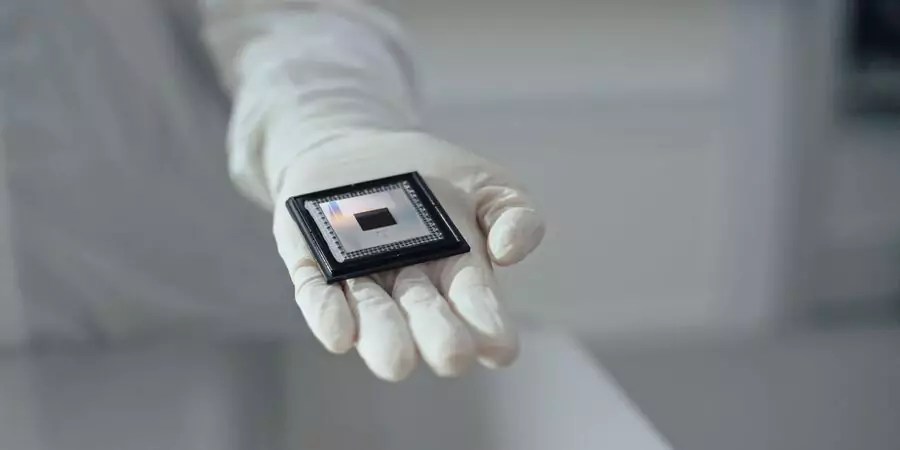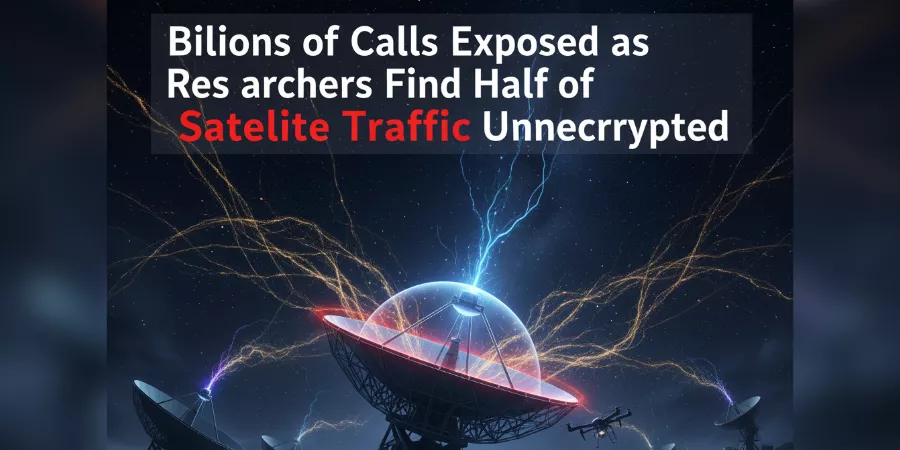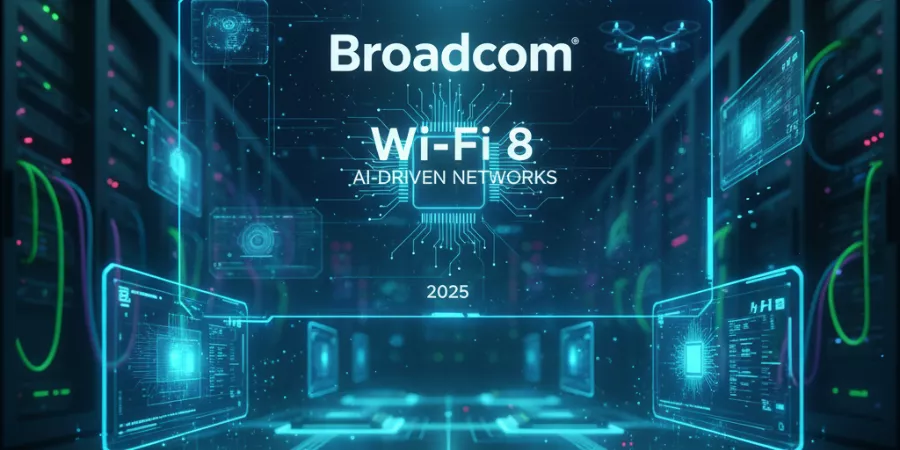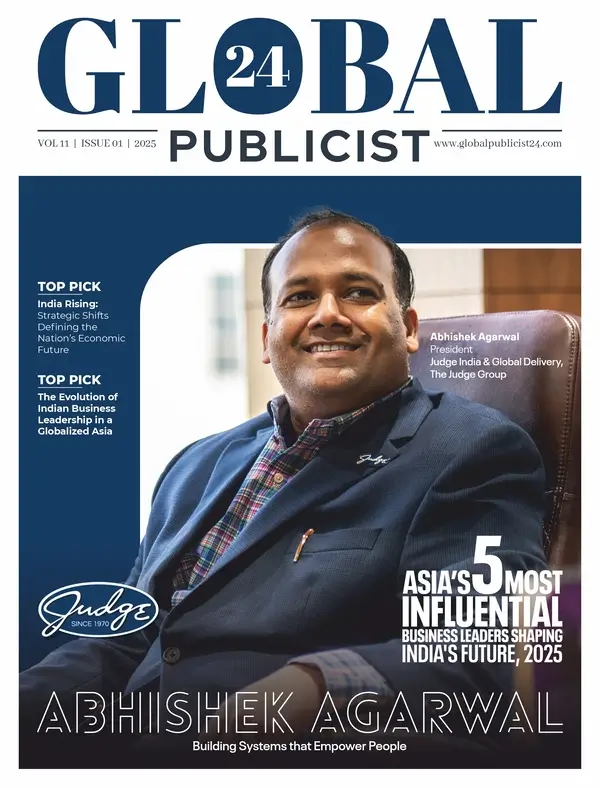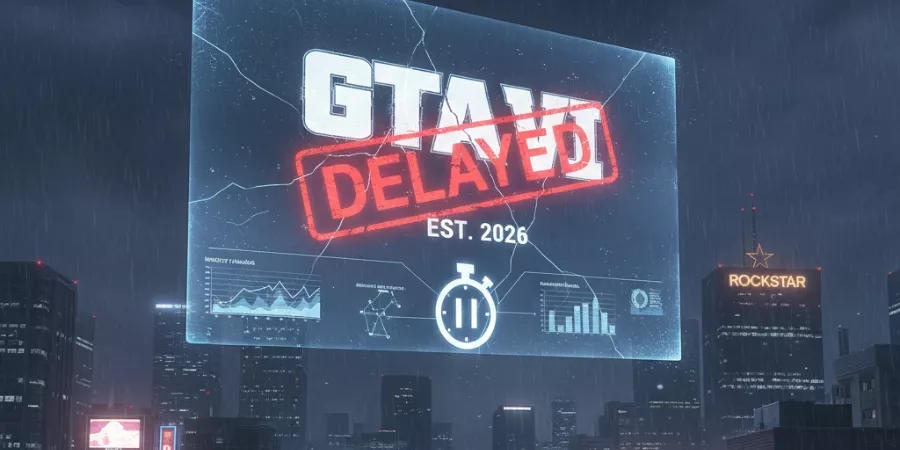Google just compressed 10 septillion years of computation into five minutes. The tech giant’s latest quantum chip, Willow, developed at its Santa Barbara quantum lab, achieved what CEO Sundar Pichai calls a “breakthrough that can reduce errors exponentially as we scale up” solving a 30-year challenge that has blocked quantum computing’s path to practical utility. By completing benchmark calculations in under five minutes that would require today’s fastest supercomputers 10 septillion years (a timespan dwarfing the universe’s 13.8-billion-year age), Willow doesn’t just demonstrate quantum advantage it fundamentally validates the viability of scalable quantum systems that could revolutionize drug discovery, fusion energy, and computational chemistry within the next decade.
The 30-Year Problem Willow Finally Solved
Quantum computing has faced a paradoxical dilemma since its theoretical foundations emerged in the 1990s: adding more qubits to increase computational power simultaneously increases errors that destroy calculation accuracy.
Classical computers achieve reliability through error correction redundancy mechanisms that detect and fix bit flips with near-perfect accuracy. Quantum systems, however, operate under fundamentally different physics. Qubits exist in delicate superposition states that environmental interference stray electromagnetic fields, vibrations, temperature fluctuations, even cosmic radiation constantly threatens to collapse.
The traditional approach of adding more qubits to expand quantum computational capacity backfired. Each additional qubit introduced new error sources, and interactions between qubits created exponentially complex error pathways. Systems became less reliable as they scaled the opposite of what practical quantum computers require.
Willow achieves exponential error reduction as qubits increase a complete inversion of previous quantum system behavior. Google’s research demonstrates that larger qubit arrays in Willow exhibit lower error rates than smaller configurations proving that quantum error correction can overcome the scaling challenges that have stymied the field for three decades.
This isn’t incremental improvement; it’s categorical breakthrough enabling quantum systems to cross the threshold from laboratory curiosities to potentially useful computational tools.
The Five-Minute Calculation That Redefines “Fast”
Benchmark comparisons between quantum and classical computers typically invite skepticism are these cherry-picked problems designed to make quantum systems look good?
Willow’s demonstration task, while specialized, provides meaningful insight into quantum computational advantage. The chip completed a random circuit sampling benchmark in under five minutes that would require the world’s most powerful supercomputers approximately 10 septillion years (10^25 years).
To contextualize that timespan: The universe is roughly 13.8 billion years old (1.38 × 10^10 years). Willow’s benchmark would require classical supercomputers to run for 700 trillion times the current age of the universe. Stars will exhaust their fusion fuel, galaxies will drift beyond observable horizons, and protons may decay before classical computation completes what Willow finished during a coffee break.
Critics rightfully note that random circuit sampling serves primarily as a quantum system stress test rather than solving immediately practical problems. The calculation doesn’t cure diseases or optimize supply chains yet. But it validates that quantum systems can achieve computational regimes fundamentally inaccessible to classical architectures, regardless of future classical hardware improvements.
This matters because it confirms quantum computing isn’t just “faster classical computing” it represents a categorically different computational paradigm capable of tackling problem classes where classical approaches fail entirely, not merely slowly.
Superconducting Transmon Qubits: The Technology Behind Willow
Willow employs superconducting transmon qubits tiny electrical circuits exhibiting quantum behavior when cooled to temperatures approaching absolute zero.
These circuits function as artificial atoms, with electrons occupying discrete energy levels analogous to electron shells in natural atoms. By precisely controlling microwave pulses, engineers manipulate these artificial atoms into quantum superposition states where qubits simultaneously embody multiple values the fundamental property enabling quantum parallelism.
Near absolute zero cooling (temperatures within millidegrees of -273.15°C) is non-negotiable. At these extreme temperatures, electrical resistance vanishes and thermal noise subsides to levels where delicate quantum states survive long enough for calculations. Specialized dilution refrigerators maintain these conditions, creating one of the coldest environments in the known universe colder than interstellar space.
Why such extreme measures? Quantum coherence the preservation of superposition and entanglement states degrades rapidly as temperature increases. Thermal energy at room temperature dwarfs the energy differences between quantum states, causing instantaneous decoherence that collapses qubits into classical bits. The cryogenic environment minimizes vibrations, electromagnetic interference, and thermal fluctuations that would otherwise destroy quantum information within microseconds.
Transmon qubits represent one of several competing quantum computing architectures. Alternatives including trapped ions, topological qubits, and photonic systems each offer distinct advantages and challenges. Google’s bet on superconducting circuits reflects their relative maturity, manufacturability using modified semiconductor fabrication techniques, and compatibility with established microwave control systems.
Error Correction: From Liability to Asset
Willow’s signature achievement exponential error reduction with increased qubit count fundamentally changes quantum computing’s scaling economics.
Previous quantum systems faced a brutal calculus: each computational qubit required multiple physical qubits dedicated to error correction, with overhead increasing as system size grew. Researchers worried they might need thousands or millions of physical qubits to create a single reliable logical qubit an overhead rendering practical quantum computers economically infeasible.
Willow demonstrates that sophisticated error correction schemes can invert this relationship. By organizing qubits into increasingly large error-correcting codes and implementing real-time correction protocols, Google achieved what Pichai described as errors that “reduce exponentially as we scale up using more qubits.”
This breakthrough suggests a pathway to fault-tolerant quantum computing systems where logical qubits maintain coherence indefinitely through continuous error correction, enabling arbitrarily long calculations constrained only by time rather than inevitable decoherence.
The technical specifics involve surface codes, syndrome measurement, and quantum feedback control loops operating at microsecond timescales complex engineering requiring precise orchestration of thousands of quantum operations. That Google achieved this coordination across Willow’s qubit array represents formidable experimental physics and engineering achievement beyond the headline numbers.
Potential Applications: Beyond Benchmarks to Real-World Impact
Google positions Willow as a “stepping stone toward building practical quantum computers” capable of transforming multiple industries:
Drug discovery: Quantum computers could simulate molecular interactions with unprecedented accuracy, predicting how drug candidates bind to proteins and forecasting side effects before expensive clinical trials. Classical computers struggle with the quantum mechanics governing molecular behavior quantum systems speak the native language of chemistry.
Fusion energy: Designing efficient fusion reactors requires understanding plasma behavior under extreme conditions computationally intensive simulations where quantum computers could optimize magnetic confinement, predict instabilities, and accelerate fusion’s path to commercial viability.
Battery design: Next-generation energy storage depends on materials with specific electrochemical properties. Quantum simulations could identify novel battery chemistries offering higher energy density, faster charging, and longer lifespans by modeling electron behavior in candidate materials.
Optimization problems: Supply chain logistics, financial portfolio allocation, and traffic routing involve exploring vast solution spaces. Quantum algorithms could identify optimal or near-optimal solutions faster than classical approaches for certain problem structures.
Cryptography: Both threat and opportunity quantum computers could break current encryption while enabling quantum-secure communications through principles like quantum key distribution.
These applications remain aspirational. Current quantum systems, including Willow, operate as Noisy Intermediate-Scale Quantum (NISQ) devices powerful enough to demonstrate quantum advantage on specialized problems but lacking the error correction robustness and qubit counts for most practical applications.
Willow’s error correction breakthrough narrows the gap between NISQ devices and fault-tolerant quantum computers that could address real-world problems but substantial engineering challenges remain before quantum computing moves from impressive demonstrations to routine utility.
Quantum vs. Classical: Understanding the Fundamental Difference
Classical computers process information using bits transistors switched definitively to 0 or 1 states. Calculations proceed through sequential logic gates manipulating bits according to predetermined algorithms. This binary foundation underlies everything from smartphone apps to supercomputers.
Quantum computers employ qubits existing in superposition simultaneously 0 and 1 until measurement collapses them to definite values. This isn’t probability or uncertainty about hidden states; it’s fundamental quantum mechanics where particles genuinely occupy multiple states simultaneously.
Entanglement Einstein’s “spooky action at a distance” correlates qubits such that measuring one instantaneously affects others regardless of separation. This property enables quantum algorithms to explore solution spaces in ways impossible for classical computers, evaluating multiple possibilities simultaneously rather than sequentially.
These quantum phenomena don’t make quantum computers universally faster they excel at specific problem types (simulation, optimization, factorization) while offering no advantage for others (word processing, email). Quantum computing complements rather than replaces classical computing.
The Road Ahead: From Willow to Practical Quantum Computing
Willow represents progress, not completion. Building practically useful quantum computers requires overcoming remaining obstacles:
- Scaling to thousands or millions of qubits while maintaining low error rates
- Developing quantum algorithms for commercially valuable problems beyond benchmarks
- Creating quantum-classical hybrid systems leveraging each architecture’s strengths
- Training quantum programmers to harness these fundamentally different machines
- Reducing operating costs as cryogenic cooling and specialized infrastructure remain expensive
Google’s quantum roadmap extends years or decades beyond Willow. Yet this chip’s error correction breakthrough validates that the path forward exists quantum computing isn’t forever blocked by fundamental physics barriers.
As Willow transitions from announcement to deeper scientific scrutiny, the quantum computing field watches carefully. If Google’s error scaling claims withstand peer review and replication, the technology that seemed perpetually “20 years away” may finally approach practical realization.
The quantum revolution won’t arrive overnight. But Willow suggests it’s no longer a matter of if, only when.

